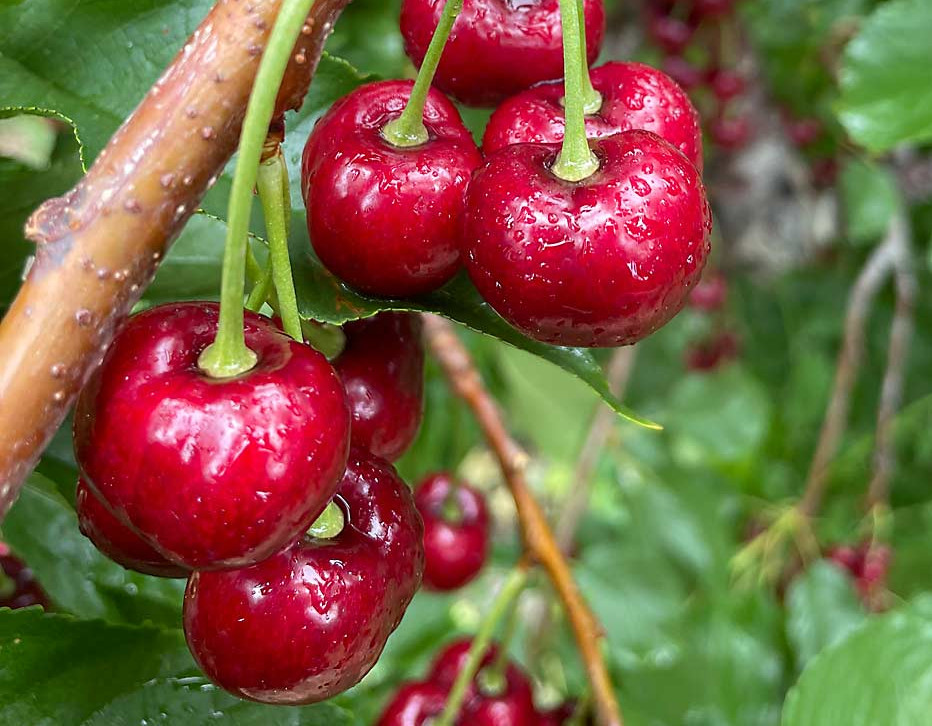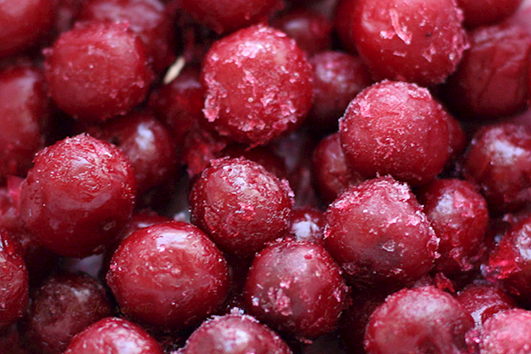As the cherry harvest season approaches in Australia, with New South Wales set to kick off in less than a month, the Cherry Growers Australia association, representing over 500 cherry growers, wanted to provide an update during a webinar. The event provided insights into marketing strategies to capture the Australian consumer, new overseas markets to target, and the challenges to be faced for the remainder of the season, both from a weather and phytosanitary perspective.
Concerns about the climate
The cherry season in 2023 in Australia started on a positive note, with the winter providing the right amount of cold hours and sufficient rainfall during spring. However, this was not the case everywhere; for instance, Tasmania experienced a lack of significant rainfall. Chris Lucas from the Bureau of Meteorology addressed the primary weather trends to the audience of growers. The researcher analyzed the last three years, from 2020 to 2022, painting a somewhat unsettling picture.
Influencing the weather in Australia are primarily the phenomena of El Niño and La Niña. Despite the high humidity during the cherry season from 2020 to 2022, the climate in Australia is changing overall, with a shift towards higher-than-average minimum and maximum temperatures and widespread drought. Nighttime lows, particularly in cherry-growing areas, are decreasing. "We will probably have a dry October," said Chris Lucas, "and this will continue throughout the summer. This should persist until the early months of 2024. Recently," he added, "the climate in general has shifted from being cool to being warmer. In states like New South Wales, maximum temperatures in September are 5 or 6 degrees above average. We are heading towards a warmer and drier climate."
Throughout Australia, there has been a good cherry blossom, and the main phytosanitary concerns during this season were outlined by Russell Fox, a consultant from inSense PtY, a company specializing in orchard monitoring. The LBAM pests are filling traps. However, Fox reassured, "It's normal, and there are ample control measures," along with natural enemies present. As for plague thrips, they have been spotted in blossoming orchards, but there are chemical control methods that do not affect pollinators.
India and China in focus
According to data from the Cherry Growers Australia (CGA) association, Australian cherry growers produce 22,000 tons annually, with approximately 30% directed towards exports. The states that supply the most to foreign markets are New South Wales, Victoria, Tasmania, and South Australia. The association recently returned from the Asia Fruit Logistica, a trade fair held in Hong Kong. After China, Australia had the largest representation in terms of exhibitors. Patrick Ulloa (CGA) reported on the experience: "Australia," he said, "was truly present. There were four or five major Australian producer brands. We encountered a lot of interest; many buyers visited us, and even though they were disappointed that we are not producers but an association, we have made contacts that will be important for the future."
Hong Kong is one of the markets mentioned by Ulloa, referred to as "unregulated," along with Singapore and Malaysia. "It is not difficult to enter these markets," he said. Briefly mentioning Indonesia, the United States, and Vietnam, "countries that have slightly more requirements than the previous ones to be accredited," the markets Australia is looking at with more interest are China, "a complex country but one that can bring great satisfaction," the Philippines, and India. "Many believe," Ulloa added, "that India will be a very important market for cherries in the future, so we need to move quickly and anticipate the times."
The strategy for Australian cherry producers is to analyze the paths to enter different markets and select the most promising countries, considering how to gain access. Regarding China, the list of companies authorized to export cherries to the country has recently been made public.
The untapped segment of 40% of Australian consumers
According to the analysis presented by Gillian Reilly, marketing manager of the research company Hort Innovation, there are many opportunities for growth in the domestic market. Gillian Reilly stated that further market penetration strategies should be based on data and observation: "The domestic market offers many opportunities," she said. "61% of families have never tried cherries, so there is roughly a 40% market to capture. Only a third of these families purchased cherries last year, and 40% of these bought cherries only on Christmas Day."
Data is essential to understand the barriers to overcome, establish marketing strategies, and reach consumers who are not yet familiar with cherries. "These barriers," Reilly added, "include prices that are much higher compared to other fruits and a limited availability during the year. On the other hand, cherries are highly regarded. Those who try them find them delicious and believe it's worth spending what is necessary. They are perceived as healthy, easy to eat, and local."
In Australia, cherries are associated with Christmas Day. "I see an opportunity here," she explained. Attempts have been made with marketing campaigns to make cherries a summer fruit, but it's easier to create more consumption opportunities during the holidays and ensure that cherries are purchased whenever people gather with friends and family. Regarding the price, cherries are considered sophisticated and a luxury. So why not make them a gift during the Christmas season?
For the upcoming sales season, Hort Innovation has proposed a promotional campaign in December and January, focusing on in-store presence with local producers, for example. In the past, in-person campaigns, which are costly, have proven to be very useful, especially to kick off the season. This year's planning will also include a 14-week social media strategy with the assistance of influencers. The channels used will be Facebook and Instagram, all with the aim of strengthening the image surrounding cherries.
Barbara Righini
Image: Cherry Growers Australia
Cherry Times - All rights reserved












